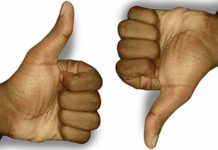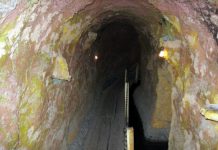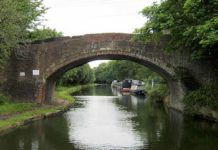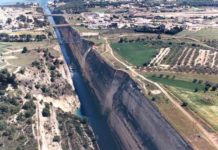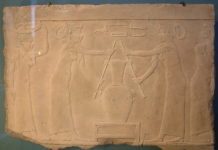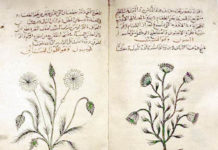The British explorer Captain James Cook is often mentioned as the person who discovered Australia. But this is not correct.
Although Captain James Cook discovered the east coast of Australia in 1770, he arrived 164 years too late to claim this honour (or 20,000 years too late if you ask the Australian indigenous community!).
The Dutch Discovered Australia
The honour of the first European to set foot on Australian soil officially goes to the Dutch explorer Willem Janzoon on board the Duyfken.
In 1606 while sailing along the south coast of New Guinea Janzoon discovered the west coast of Cape York Peninsula. At the time of his discovery he believed the peninsula was part of New Guinea rather than the tip of a new continent.
Within the next twenty years a number of accidental sightings of the west coast of Australia were made by Dutch navigators, while sailing around the Cape of Good Hope on route to the Dutch East Indies.
These discoveries, collectively known as ‘New Holland’, were first recorded on Willem Blaeu’s 1642 map of the Orient, and Johannes Janssonius’s 1650 map of the Indian Ocean.
Whether the Dutch should be given this honour has been a contentious issue among historians over the centuries. Some believe that honour should go to the Portuguese.
Did The Portuguese Discover Australia First?
The arguments for a Portuguese discovery are meticulously set out in Kenneth McIntyre’s book ‘The Secret Discovery of Australia’ first published in 1977. Support for the Portuguese cause can also be found in Ian McKiggan’s essay ‘The Portuguese Expedition to Bass Strait in A.D. 1522’.
Other notable proponents for a Portuguese discovery include the 19th century Australian historian George Collingridge, and the 18th century renowned English geographer Alexander Dalrymple.
Portuguese First in South East Asia
When the Portuguese explorer Vasco Da Gama reached India in 1498 by sailing around the Cape of Good Hope, he opened up a sea route to the Indian Ocean and more particularly the Spice Islands in South East Asia (Malaysia and Indonesia).
In 1510 the Portuguese explorer Alfonso de Albuquerque captured Goa (West Coast of India) and in 1511 seized the important sea port of Malacca (Malay Peninsula). At the same time, the Portuguese explorer Antonio D’Abreu was the first European to sight the north coast of New Guinea in 1511, and in 1526 the Portuguese Governor of Ternate, Jorge De Menezes, was the first European to set food on New Guinea soil.
Whether the Portuguese were aware of the Australian mainland (and kept it a secret), and whether any expeditions were undertaken is a matter of conjecture among historians.
According to McIntyre and McKiggan, in 1521 Gomez de Sequeira discovered and mapped the west coast of Australia, while Cristovas de Mendonca discovered and mapped the east coast of Australia as far as Warnambool (Victoria) when one of his Portuguese caravels was ship wrecked (the fabled ‘Mahoney ship’). If this proves to be correct, the Portuguese should be given the credit of the first Europeans to have discovered Australia.
Dieppe Maps
The Dieppe maps provide compelling evidence to suggest Australia may have been discovered before the Dutch arrived in 1606. The most famous of these maps being Jean Rotz’s 1542 world map, the 1547 ‘Dauphin’ world map and Pierre Desceliers 1550 world map.
A unique feature of these maps is the presence of a prominent land mass called ‘Java-La-Grande’ just below the island of Java, and slightly west of where Australia is actually located. The maps include a number of Portuguese place names suggesting they may have a Portuguese origin, and the coast line of ‘Java-La-Grande’ closely resemblances the shape of Australia.
Alexander Dalrymple was of the view that Captain James Cook may have consulted these maps, and more particularly the east coast, at the time he discovered and mapped the east coast of Australia in 1770.
Circumstantial evidence
Two well documented finds that has been linked to a possible Portuguese discovery are the famous ‘Geelong Keys’ and the fabled ‘Mahoney ship’. Unfortunately, both these objects of interest have been lost over the course of time.
Until some tangible evidence is produced the debate as to who first discovered Australia will continue among historians.
Don’t Forget The Australian Aborigines
But the ultimate credit must always go to the Australian aborigines. They arrived and settled in Australia between 20,000 and 40,000 thousand years ago, and were the people who greeted the European explorers when they first set foot on Australian soil.



